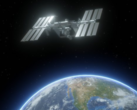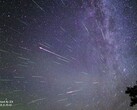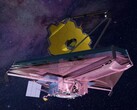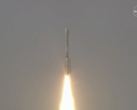Since Hubble’s launch in 1990, the Tarantula Nebula has been one of its frequent targets. This time, Hubble has zoomed in on a location close to a rare type of star within the nebula, known as a Wolf-Rayet star.
Wolf-Rayet stars are massive stars — about 200 times the mass of our Sun and at an advanced stage of stellar evolution. These extremely hot and luminous stars have lost their outer shell of hydrogen, generating dense and powerful stellar winds.
The Tarantula Nebula is located in the Large Magellanic Cloud, a dwarf galaxy located about 160,000 light-years away from Earth, in the constellations Dorado and Mensa. The Large Magellanic Cloud is a satellite galaxy of the Milky Way — the largest of the dozens of small galaxies orbiting our galaxy.
This galaxy is known to have several star-forming regions, but the Tarantula is its largest and brightest. The Tarantula Nebula also boasts being the largest and brightest star-forming region in the entire group of nearby galaxies, to which the Milky Way belongs.
This image of the Tarantula Nebula was created from data gathered from Scylla — an observing program. The program complements another Hubble observing program called ULLYSSES (Ultraviolet Legacy Library of Young Stars as Essential Standards). While ULLYSSES focuses on giant young stars in the Small and Large Magellanic Clouds, Scylla explores the surrounding interstellar medium.
























